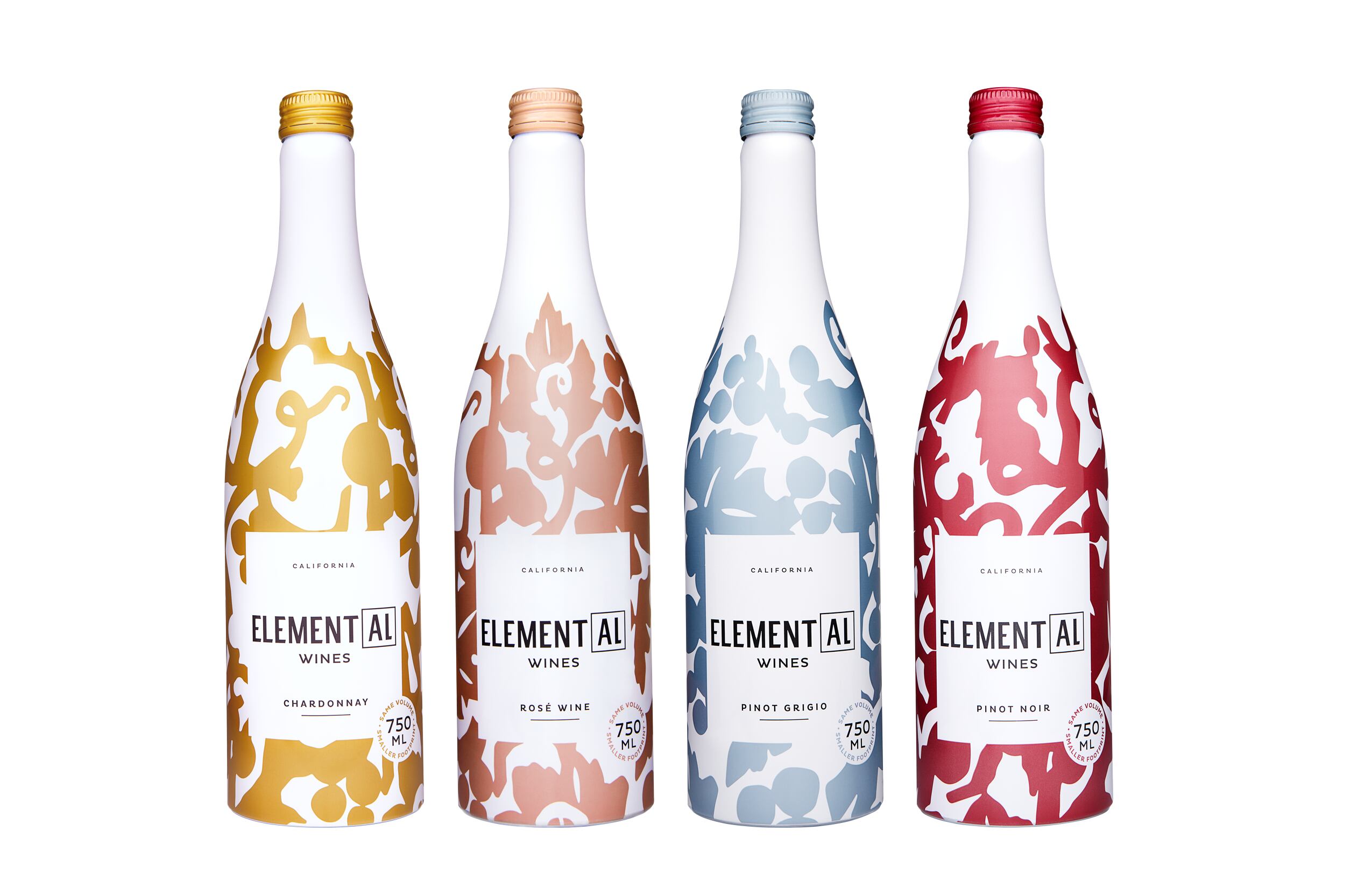Global wine consumption in 2023 reached the lowest volume since 1996: continuing a steady downwards trajectory.
The latest data from the International Organization of Vine and Wine (OIV) estimates world wine consumption in 2023 at 221 mhl, marking a decrease of 2.6% compared to 2022. This also follows a steady downwards trajectory seen since 2018.
There are several reasons for this trend. The decrease in China’s consumption - averaging a loss of 2 mhl annually since 2018 – has influenced global consumption figures.
A pandemic hit in 2020 has been followed by geopolitical tensions – particularly the conflict in Ukraine – and subsequent energy crises, along with disruptions in the supply chain. The result is increased production and distribution costs.
This, in turn, has led to significant price increases for wine consumers, dampening overall demand.
As a result, most major wine markets have experienced notable declines in wine consumption – with a few exceptions.
Consumption falls in the US and Canada
The US is the largest wine market globally. In 2023, consumption decreased by 3.0%, reaching 33.3 mhl. Similarly, Canada with 4.8 mhl witnessed a decline of 5.6% compared to 2022, marking the first time since 2016 that total consumption fell below 5 mhl.
The EU represents a market of 107 mhl, accounting for 48% of the world’s consumption. That represents a decline of 1.8% compared to the previous year: but puts consumption at more than 5% below the ten-year average.
France maintains its position as the largest consuming country, with an estimated consumption of 24.4 mhl in 2023, marking a 2.4% decrease from 2022.
Italy, the second-largest market in the EU and third globally, saw a consumption level of 21.8 mhl in 2023, down 2.5% from the previous year and 5.8% below its five-year average.
Germany, the third-largest EU market, recorded a consumption volume of 19.1 mhl in 2023, a modest decline of 1.6% from 2022.
Portugal (5.5 mhl) and the Netherlands (3.3 mhl), recorded the largest declines in consumption among major EU markets with a -9.2% over 2022: the latter underscoring a pronounced deviation from historical consumption patterns.
Spain is one of the few large markets globally that saw growth - albeit modest - in 2023, reporting a total consumption volume of 9.8 mhl (+1.7%).
And Romania (3.0 mhl) experienced a significant upswing, with a 20% increase in wine consumption levels, fully recovering from the previous year’s low consumption volume.
Stable consumption in Australia
Another large wine consumer - the fifth largest globally - the UK saw a 2.9% decrease in wine consumption in 2023, estimated at 12.8 mhl. Switzerland recorded the lowest wine consumption volume of the 21st century, estimated at 2.3 mhl, reflecting a 3.0% decrease from 2022.
However, Russia’s wine consumption rose by 3.0%, reaching 8.6 mhl in a return to pre-COVID-19 levels.
China’s wine consumption plummeted by 24.7% in 2023, totaling 6.8 mhl, reflecting an overall decline in internal demand.
Japan, the second-largest consumer in Asia, experienced an increase of 2.1% from 2022, reaching 3.2 mhl (This volume is, however, 4.2% below its last five-year average).
Argentina’s consumption decreased by 6.2% in 2023, reaching 7.8 mhl, the lowest level in recent history. But Brazil - the second largest market in South America - saw 11.6% growth, returning to 2020-2021 levels.
South Africa’s consumption in 2023 totaled 4.5 mhl, a marginal 1.8% decrease from the previous year’s record-high volume.
Consumption in Australia has remained relatively stable at 5.4 mhl: a consistent trend seen over the past decade.
Data estimates
The OIV's estimates of national wine consumption levels are based on ‘apparent consumption’ methodology (apparent consumption is a proxy measure for consumption defined as production plus imports minus exports, adjusting for changes in inventories).
The 2023 figures published by the OIV are estimates: it usually takes around three years to have consolidated data.



